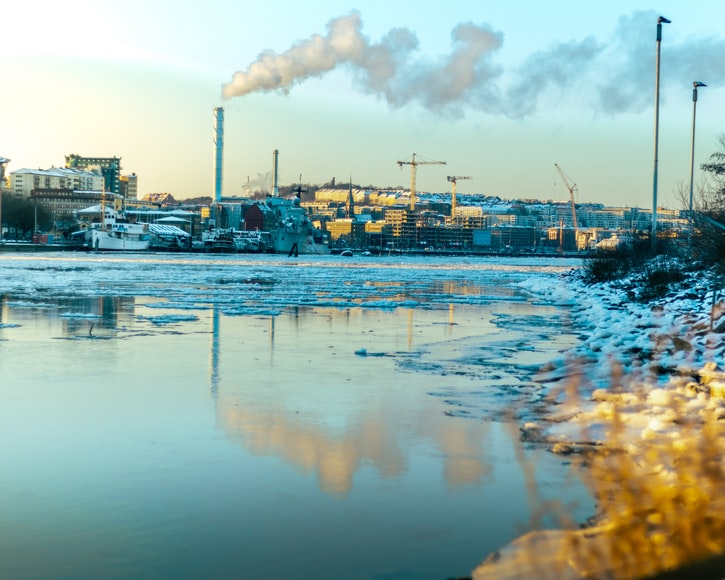Overview
Industrial waste salt mainly comes from industrial waste salt-containing organic matter and other toxic salt-containing waste liquids and solids produced in the production process of chemical, pharmaceutical, agrochemical and coal chemical industries. The main salt production links include reaction salts from mother liquor (process wastewater), neutralizing salts from acid-base chemical reactions, salting-out salts, and salt sludge from distillation residues.
The organic matter in waste salt has a complex composition, which has the characteristics of various types, complex components, numerous sources, high treatment costs, and great environmental hazards.
At present, waste salt is generally treated by building a warehouse and centralized temporary storage. Faced with high storage and management costs, it is difficult for enterprises to afford it, and it has become a “stuck neck” problem that restricts the development of enterprises.
At the same time, industrial waste salt is also an important chemical raw material. If the waste salt from chemical by-products can be recycled as industrial raw material salt, it can not only eliminate its pollution to the environment, but also make full use of salt resources to realize the resource and recycling of by-product salt.
In this context, the harmless and comprehensive utilization of waste salt has become an inevitable way to dispose of waste salt, and the main factor restricting its large-scale development is the removal of organic matter in waste salt.

Sources and Characteristics of Industrial Waste Salt
There are many industries involved in the generation of waste salt. The types of waste salt produced include single waste salt, mixed salt and mixed salt (including impurities). According to the particularity of its production process and the difference in production links, the waste salt produced by different industries is quite different.
PESTICIDE PRODUCTION
Among them, pesticide production is the main industry for waste salt generation. Its main source is the production process of pesticide intermediates and original drugs. Pesticide waste salts contain a lot of organic matter, mainly halogenated hydrocarbons and benzene-based complex components, and the boiling point and thermal decomposition temperature of the organic compounds are within 200-600 °C.
PRINTING AND DYEING
The basic production raw materials in the printing and dyeing industry include naphthalene, anthraquinone, benzene, aniline and benzidine compounds. These substances are easy to chelate with metals, salts and other substances during the processing and production process, so the dye wastewater contains high concentrations of salts and heavy metals.
In the process of water treatment, the evaporation of high-salt wastewater will also indirectly generate waste salt. Such waste salts go through the oxidation and decomposition process of organic matter in the pre-water treatment process, so the residual organic matter is mostly refractory organic matter, which is difficult to remove.
COAL CHEMICAL INDUSTRY
The waste salt in the coal chemical industry mainly comes from the salt introduced in the production of demineralized water and circulating water, and the components are mainly simple salts such as NaCl and Na2SO4, without organic matter. In the chlor-alkali industry, NaOH, Cl2 and H2 are prepared by electrolysis of saturated NaCl solution, and a series of chemical products are produced by using them as raw materials. This kind of salt mud has a large output, the main component is NaCl, basically does not contain organic matter, and has high recycling value.
In addition, the petrochemical, coal chemical, Chlor-alkali industry, metallurgy and other industries also produce waste salt, but the organic content is relatively low, and the processing difficulty is relatively small.
Treatment Methods
WET PROCESS
Wet treatment first dissolves waste salt in water, and degrades organic pollutants through deep oxidation technology in the field of water treatment to achieve harmlessness of waste salt. Commonly used organic oxidation technologies include advanced oxidation, wet catalytic oxidation and hydrothermal oxidation.
DRY METHOD
Dry disposal of industrial waste salt mainly includes incineration, high-temperature thermal melting, and organic carbonization pyrolysis. Because of its long-term environmental hazards, occupation of land resources and legal risks, the safe landfill method can no longer meet the needs of waste salt disposal.
We will also write related articles to introduce these two methods in detail, please pay attention to our later updated articles. For more information, please visit https://www.sputtertargets.net/.
